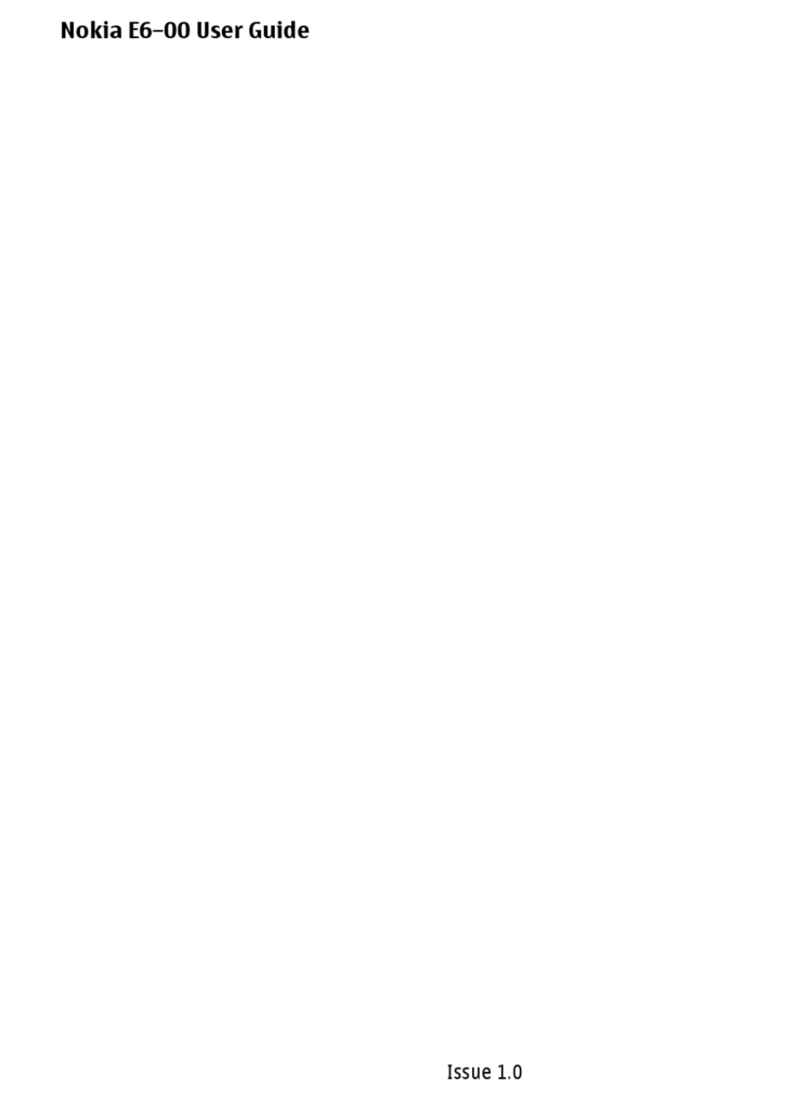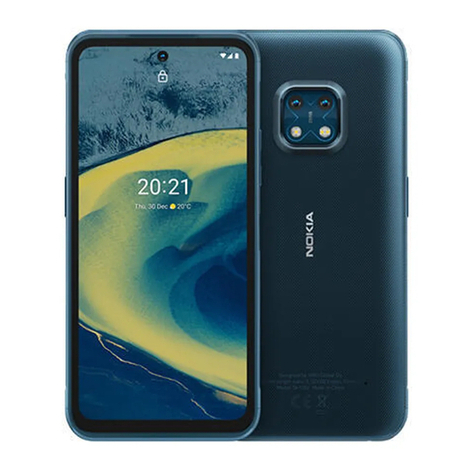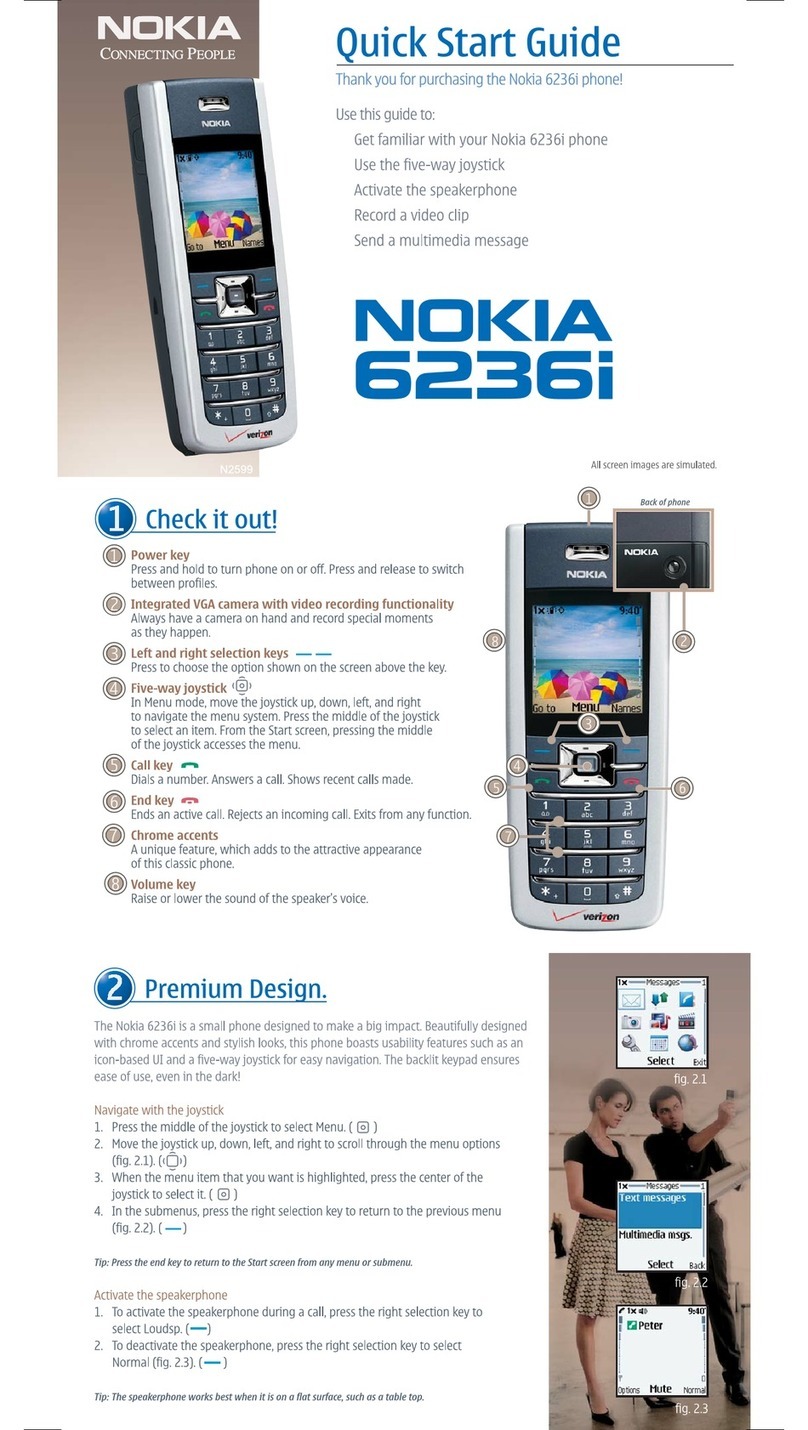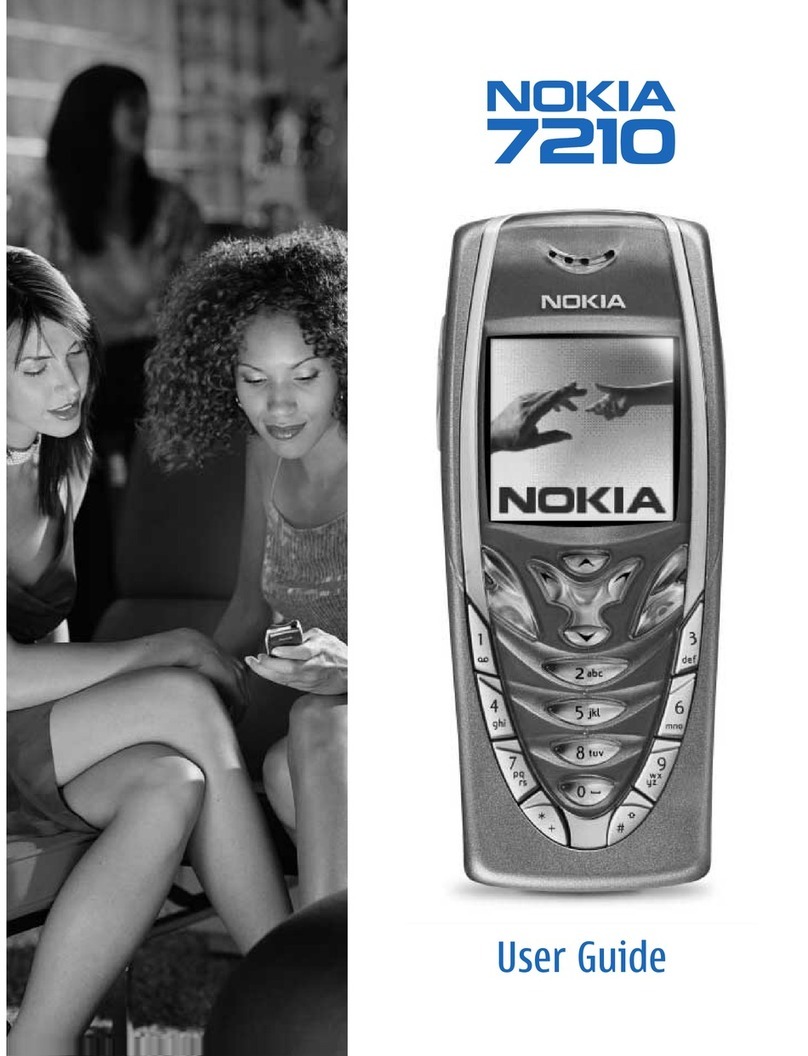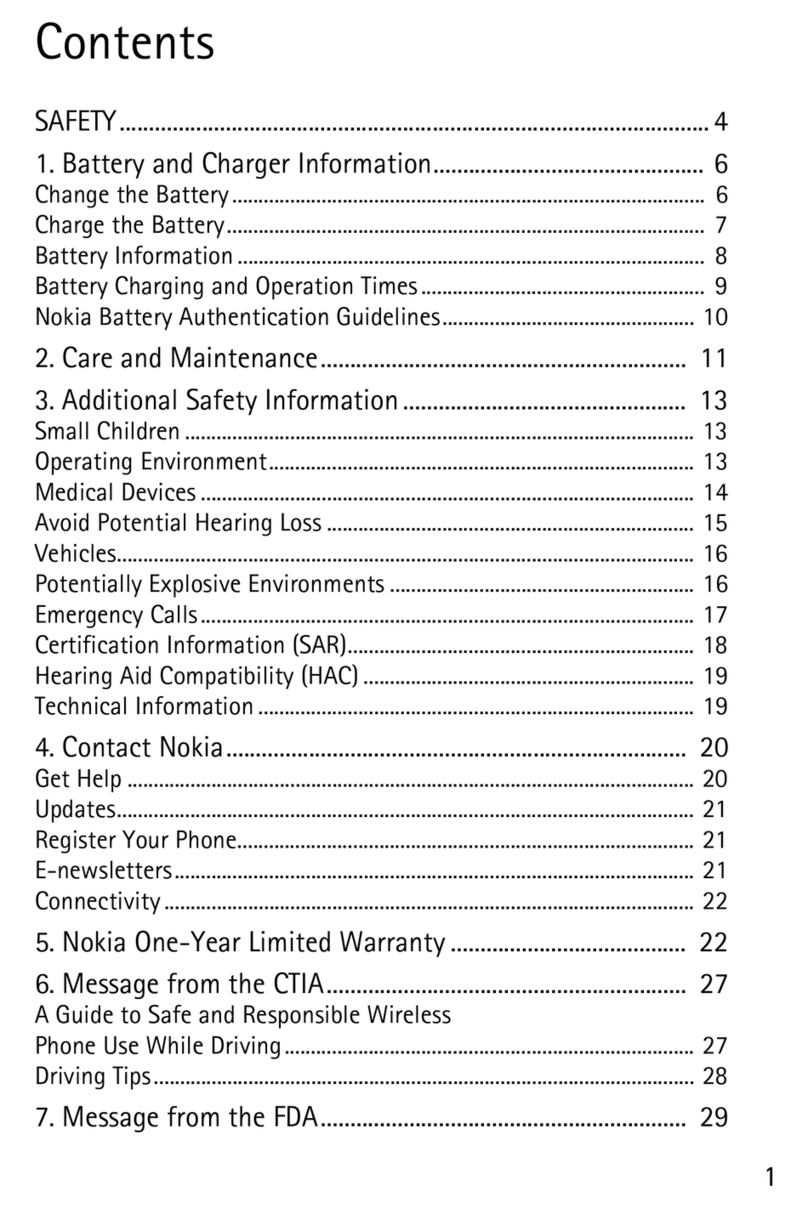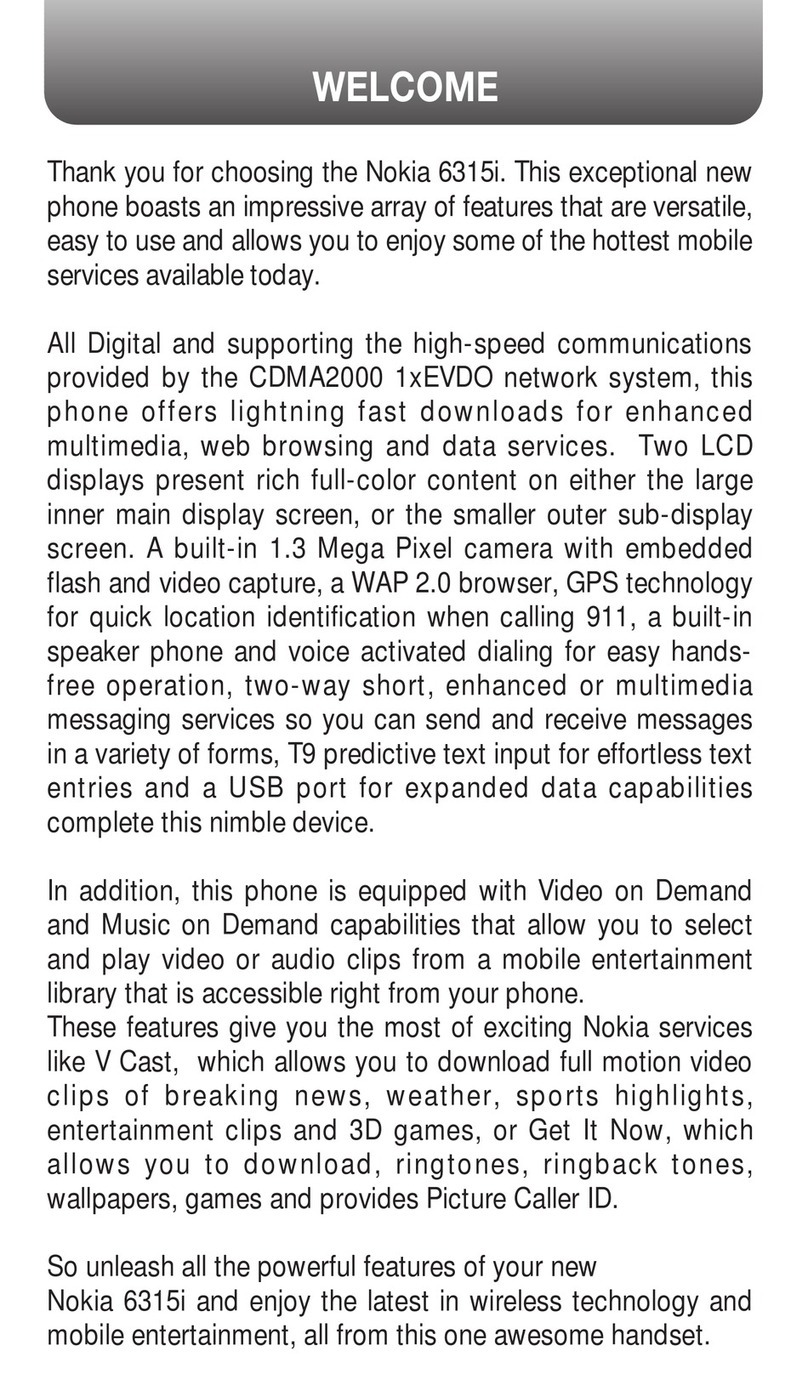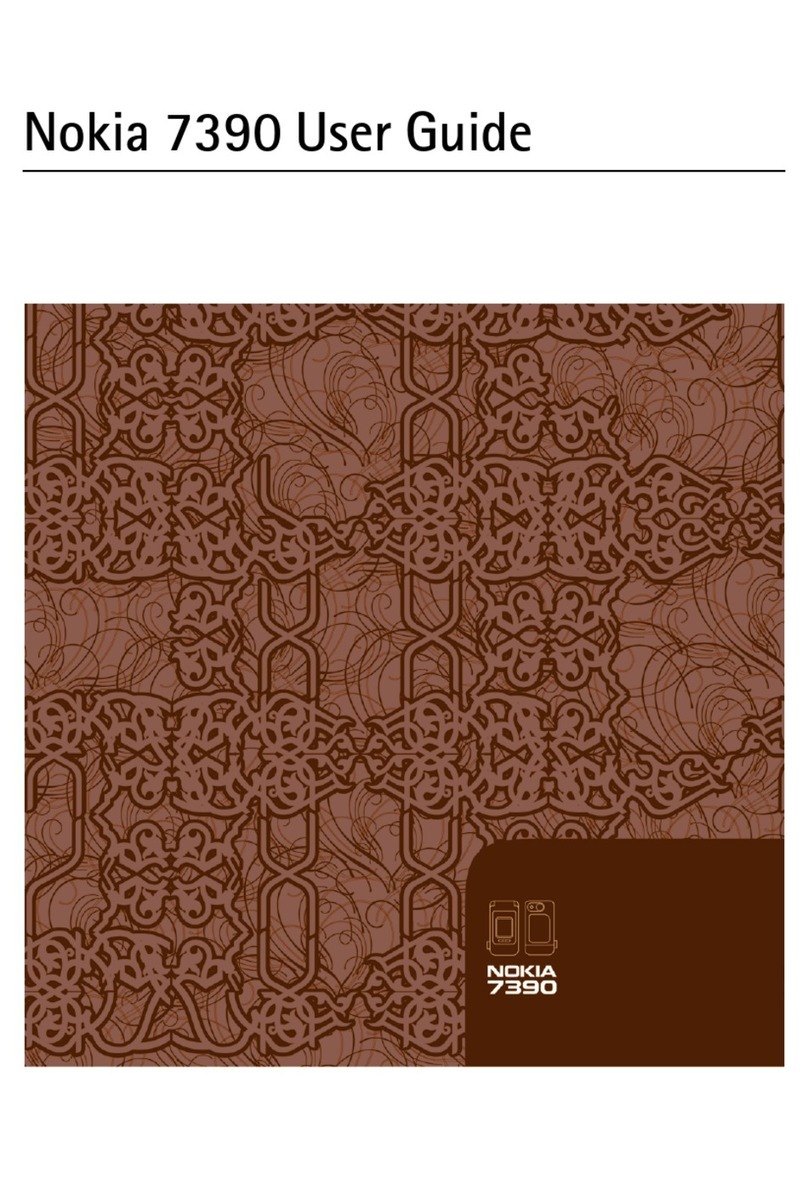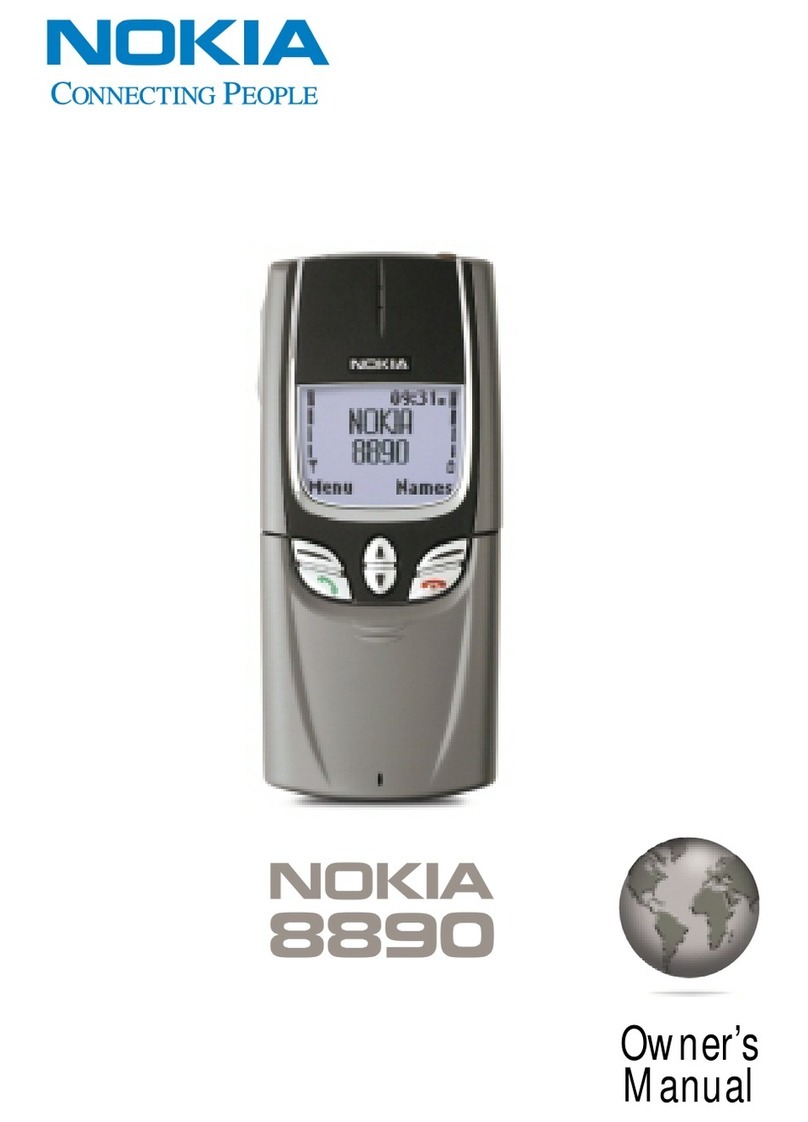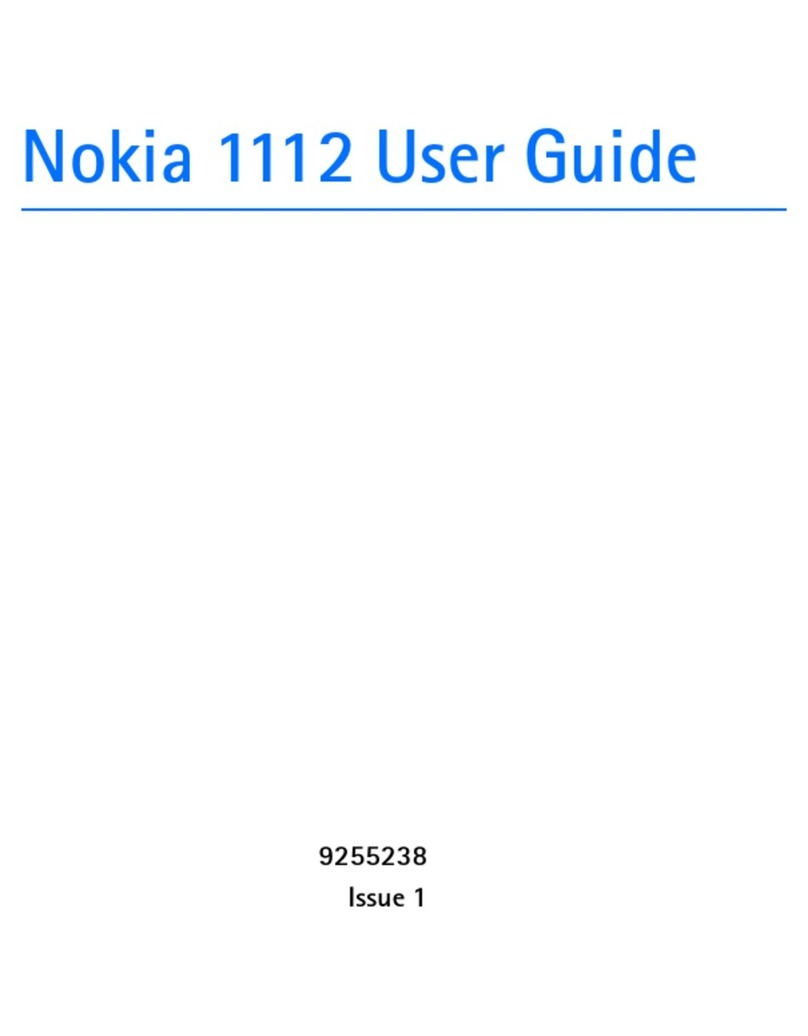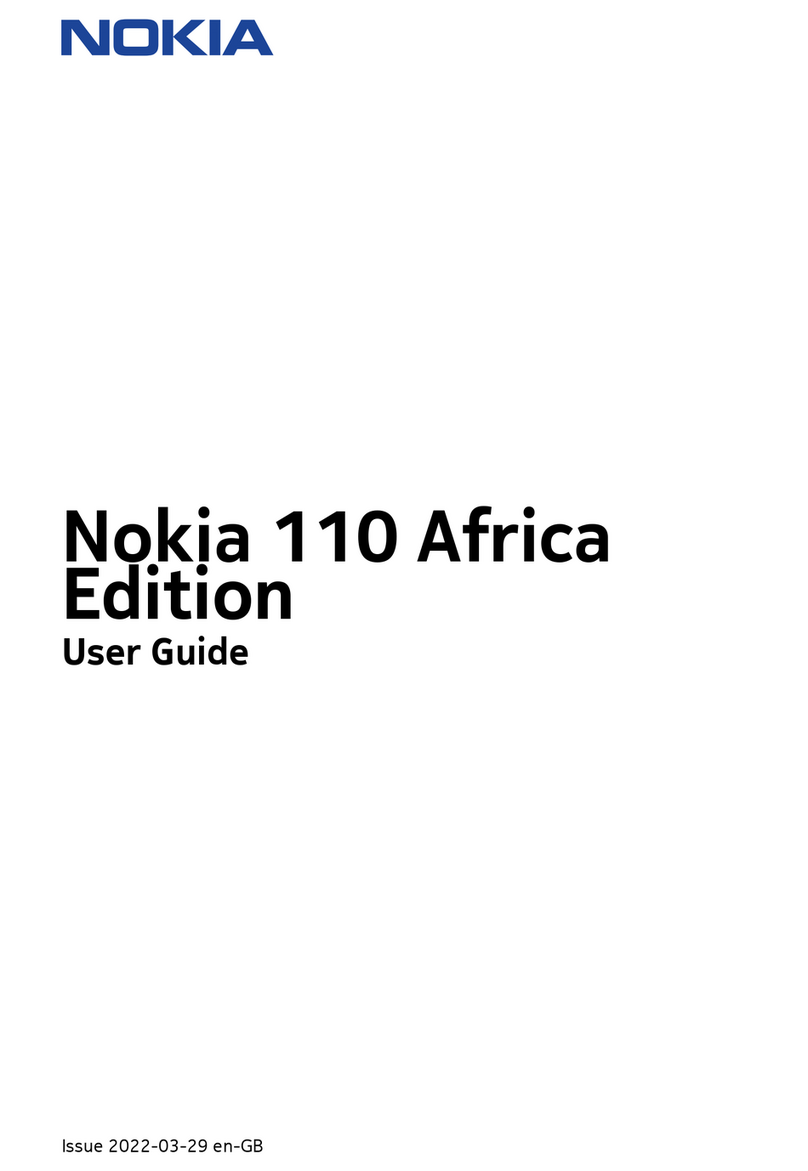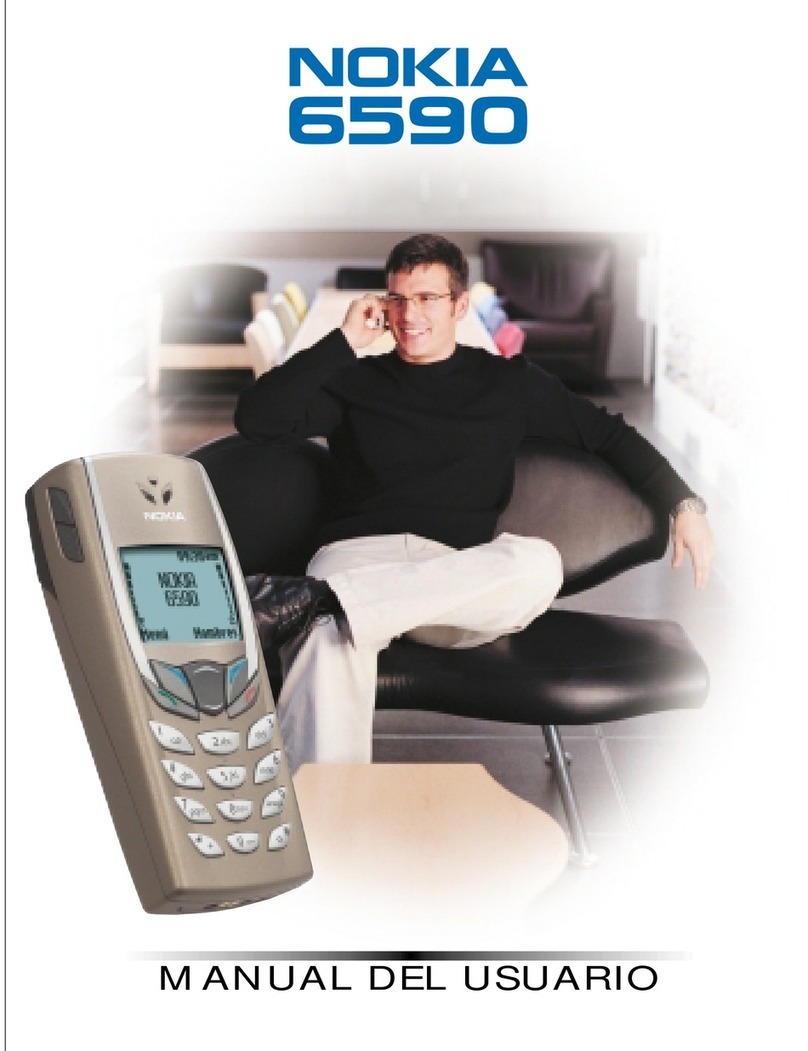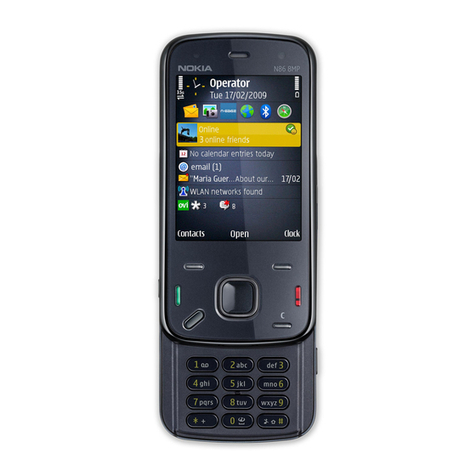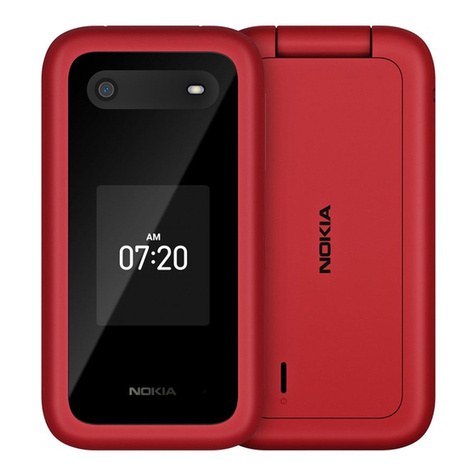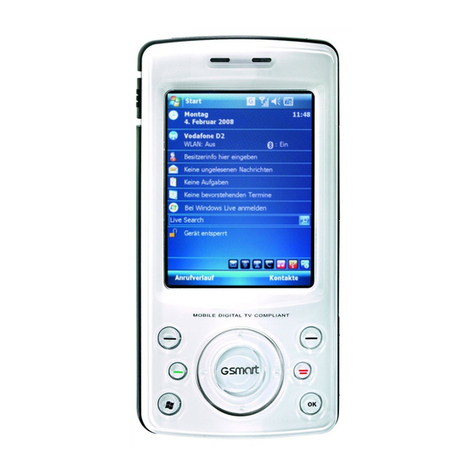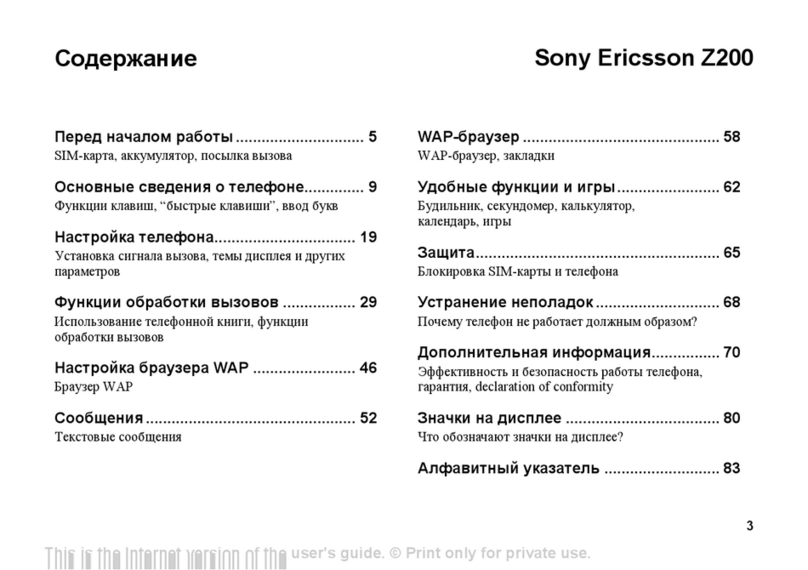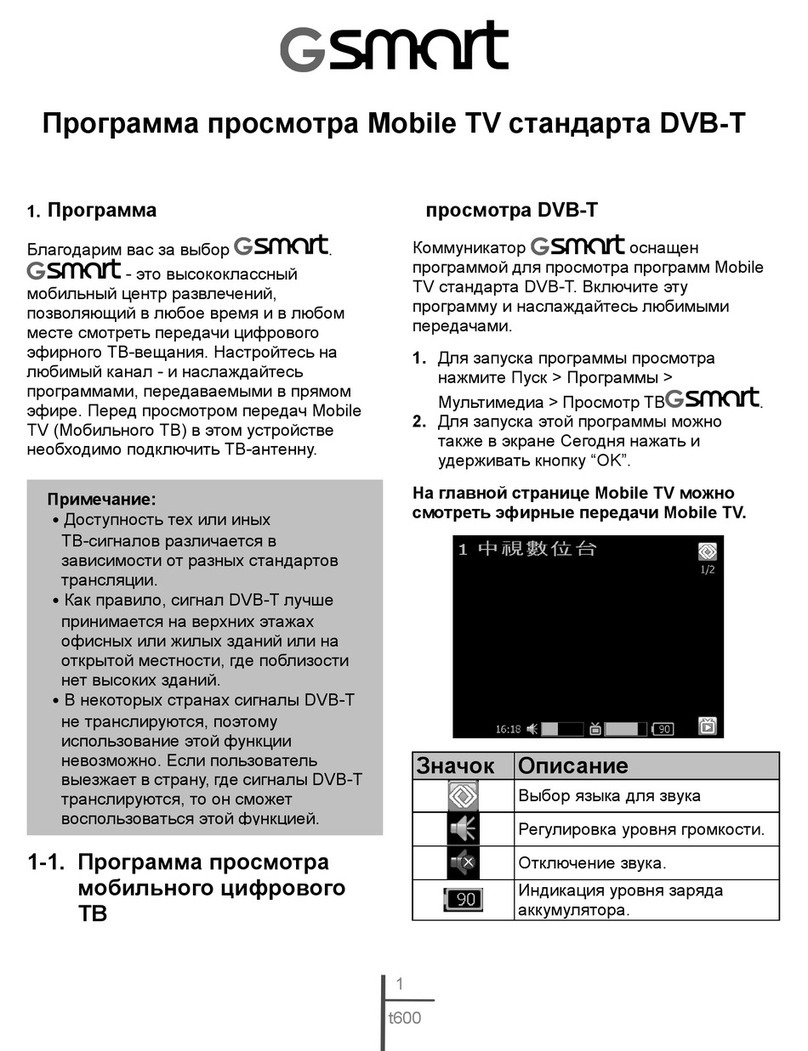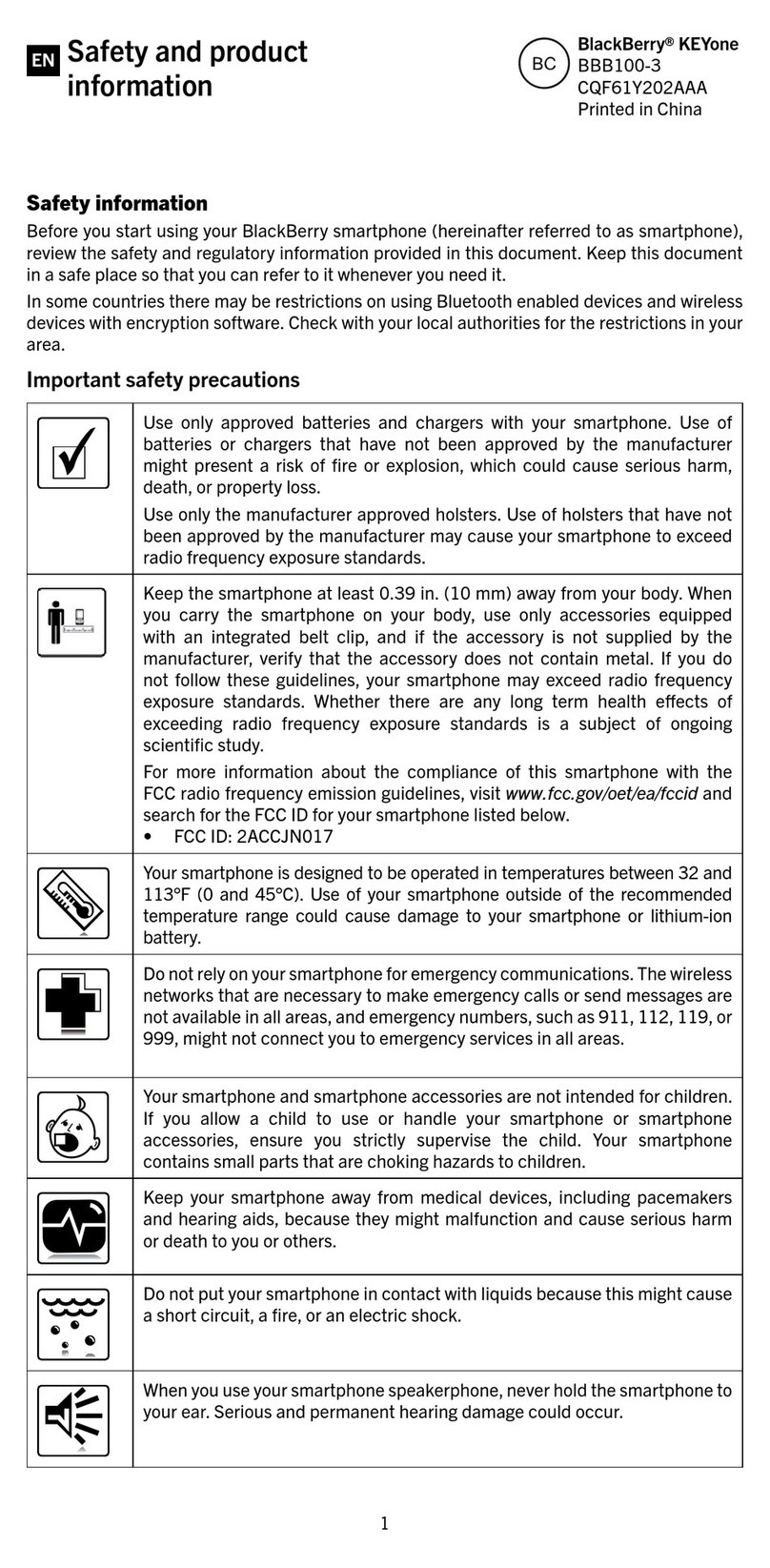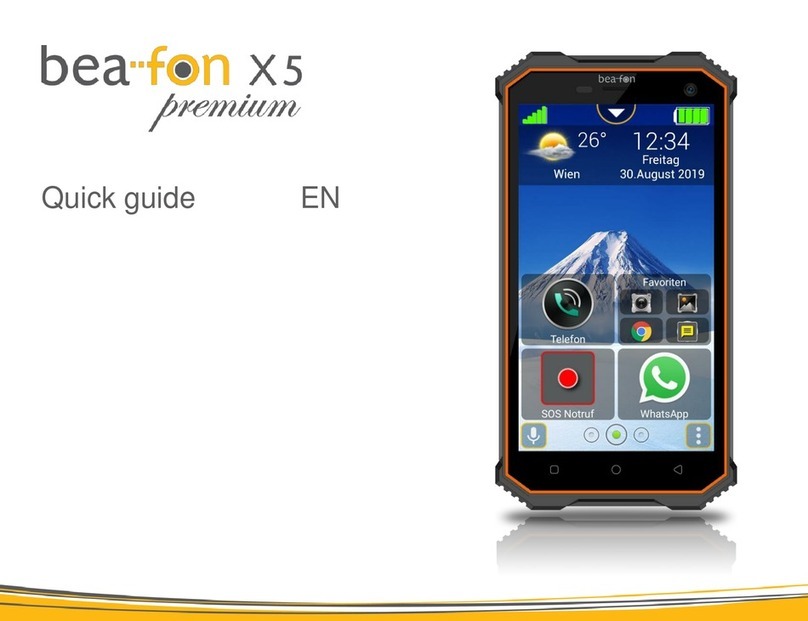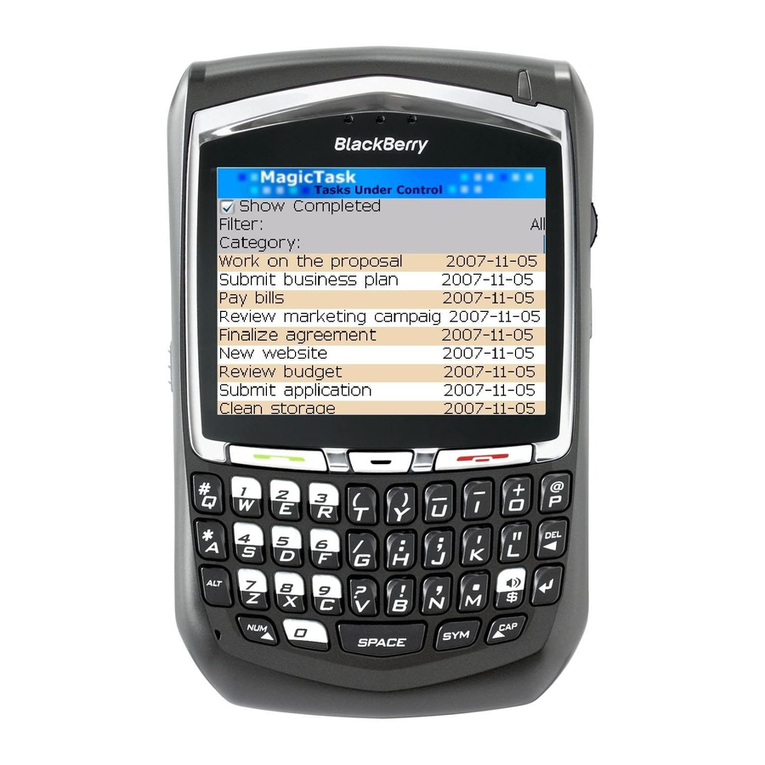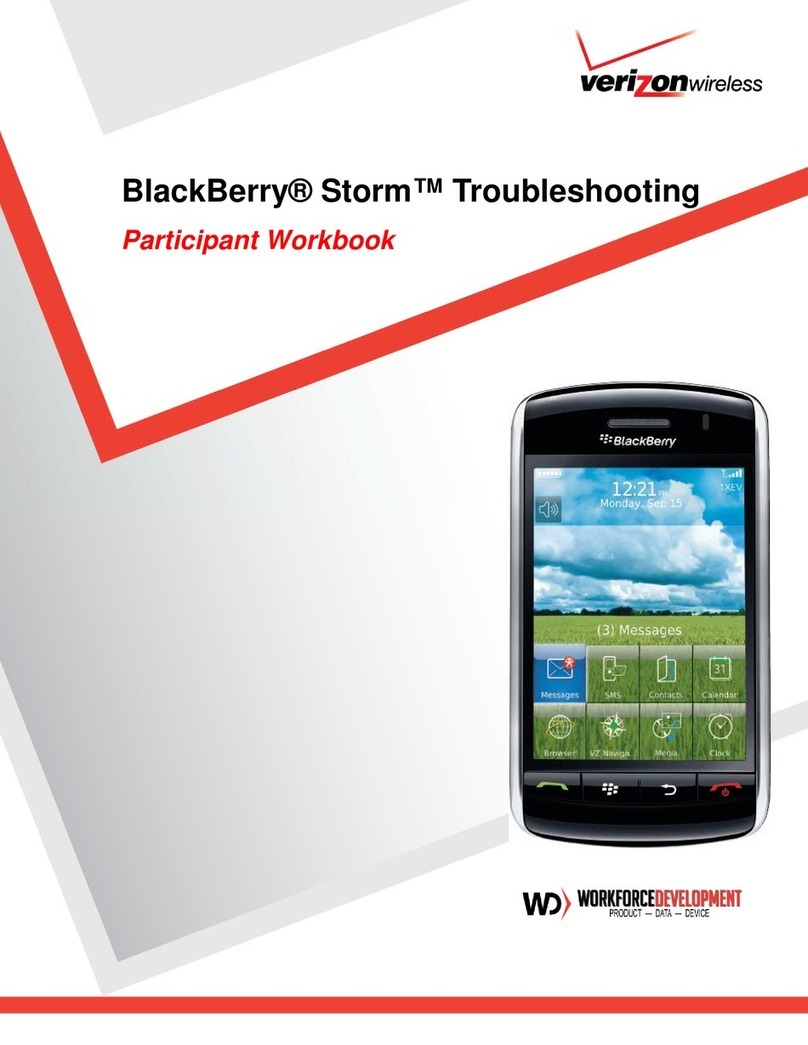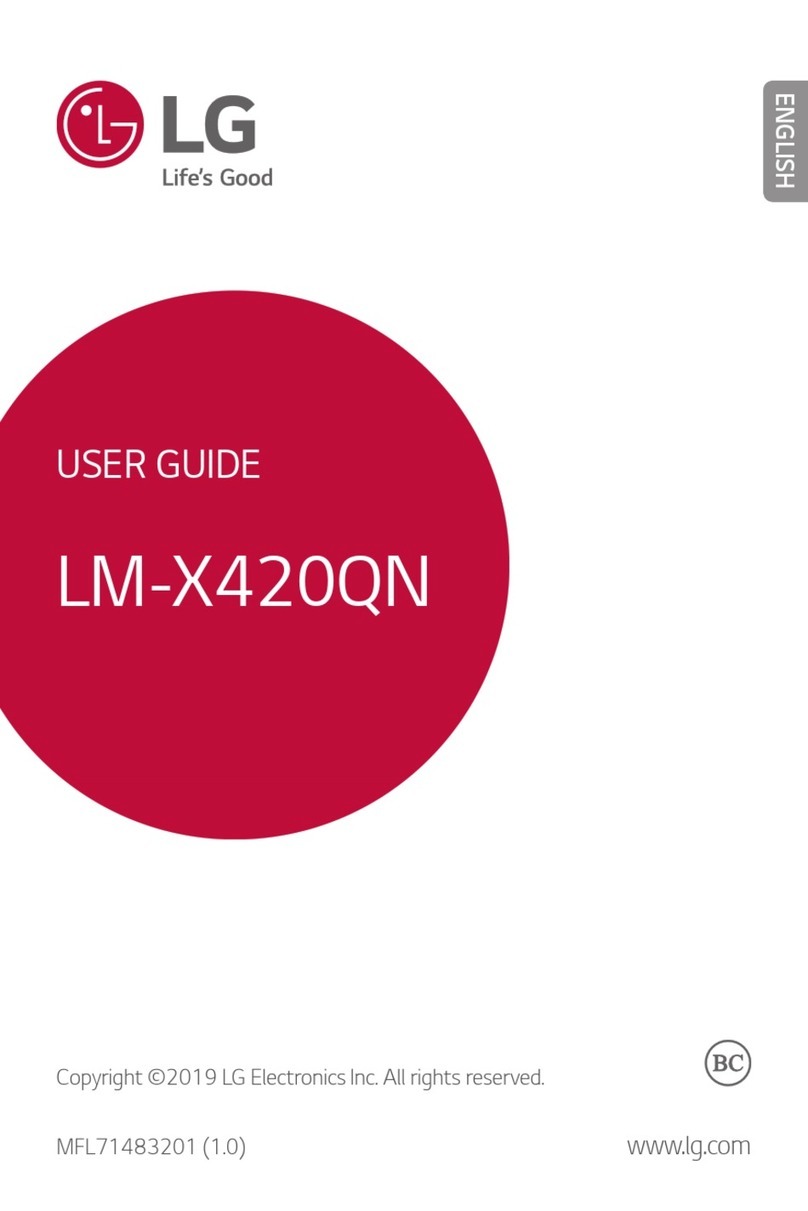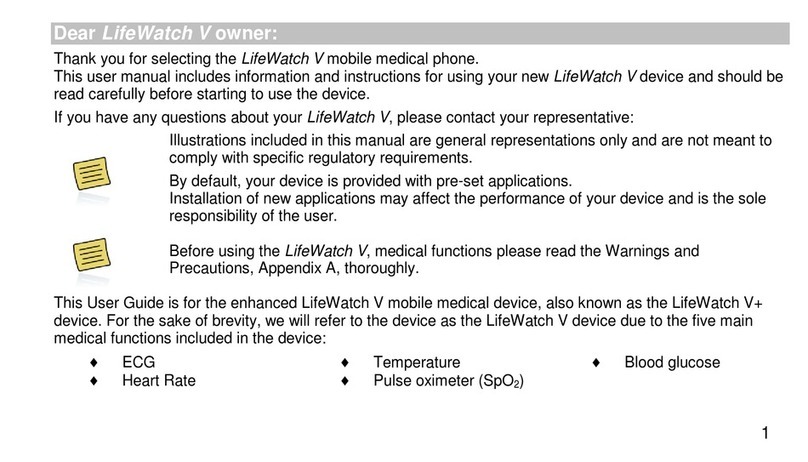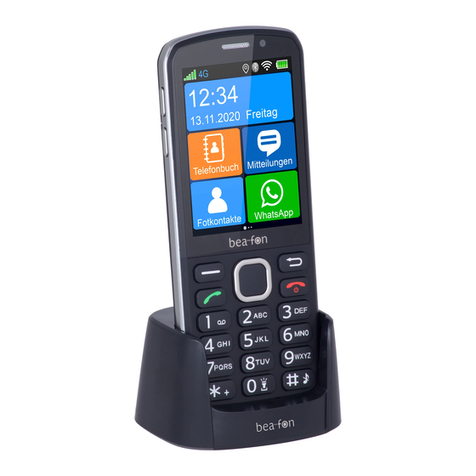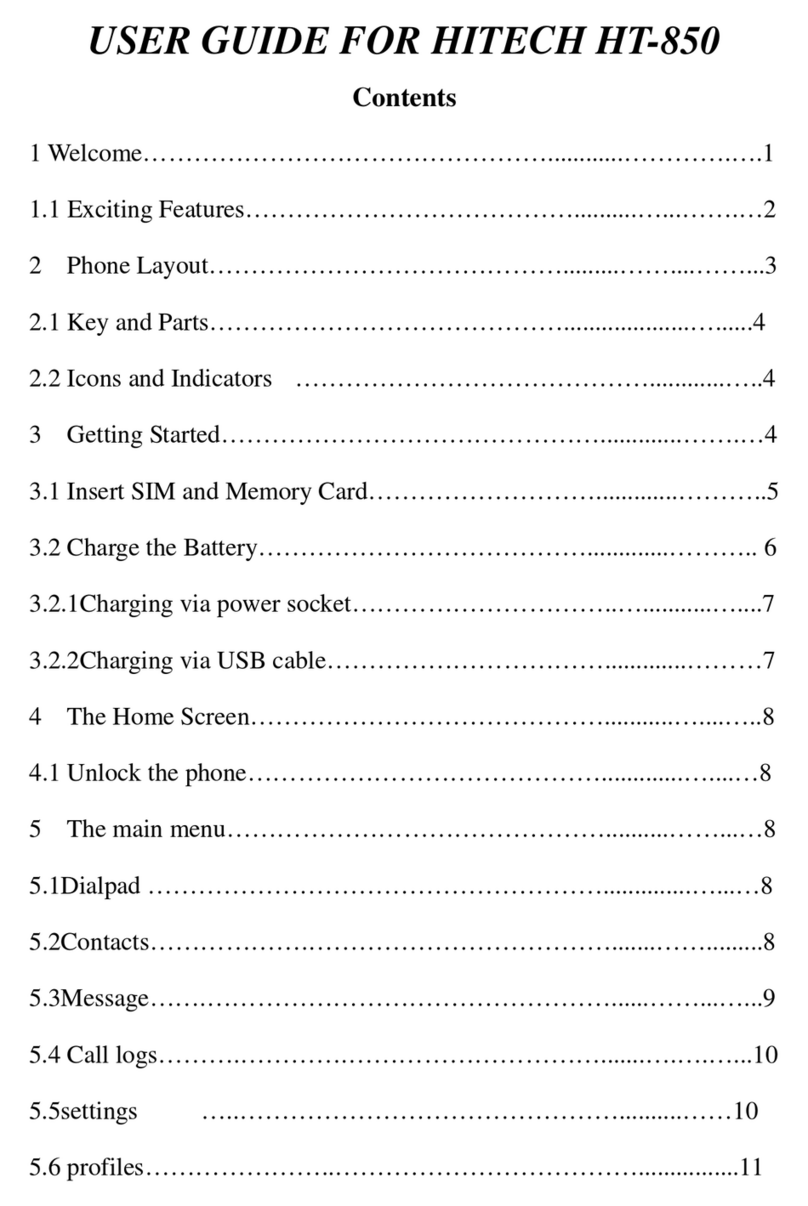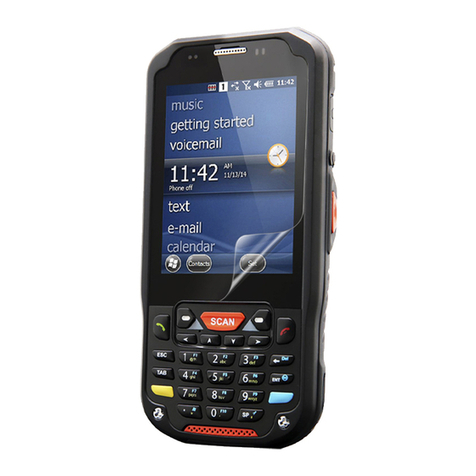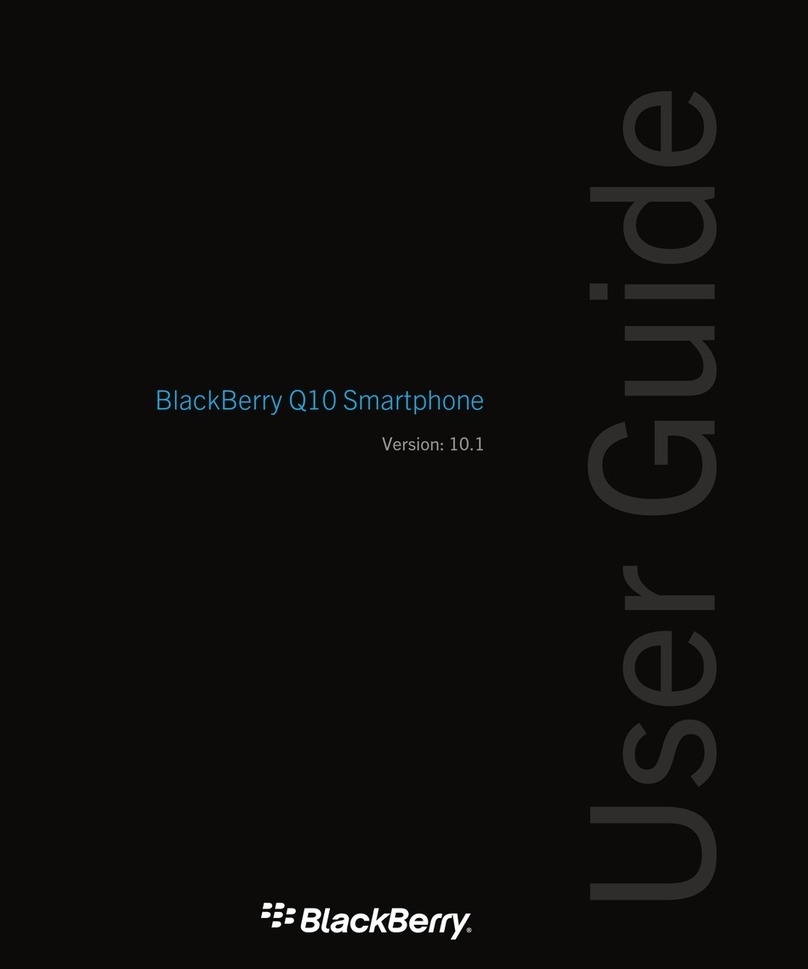
RH-9
System Module & UI CCS Technical Documentation
Page 2 ãNokia Corporation Issue 1 11/02
Table of Contents
Abbreviations................................................................................................................. 4
........................................................................................................................................ 4
Transceiver RH-9 - Baseband Module........................................................................... 5
Hardware characteristics in brief .................................................................................5
Technical Summary .....................................................................................................6
Technical Specifications ..............................................................................................7
Operating conditions ................................................................................................. 7
DC Characteristics.................................................................................................... 8
Internal Signals and Connections.............................................................................. 9
Current consumption during sleep .......................................................................... 15
External Signals and Connections........................................................................... 16
Functional Description ...............................................................................................18
Modes of Operation................................................................................................. 18
Charging................................................................................................................. 21
Charging Circuitry Electrical Characteristics ......................................................... 23
Power Up and Reset................................................................................................ 24
A/D Channels.......................................................................................................... 26
LCD & Keyboard Backlight ................................................................................... 28
................................................................................................................................. 28
LCD cell.................................................................................................................. 30
SIM Interface........................................................................................................... 31
Internal Audio ......................................................................................................... 33
Accessories.............................................................................................................. 36
Keyboard................................................................................................................. 41
RF Interface Block .................................................................................................. 42
................................................................................................................................. 43
Memory Module...................................................................................................... 44
Flash Programming................................................................................................. 59
EMC Strategy ............................................................................................................62
PWB strategy........................................................................................................... 62
LCD metal frame..................................................................................................... 64
Bottom connector.................................................................................................... 64
Mechanical shielding............................................................................................... 65
Security ......................................................................................................................65
Test Interfaces ............................................................................................................65
Production / After Sales Interface........................................................................... 65
FLASH Interface..................................................................................................... 66
FBUS Interface........................................................................................................ 67
MBUS Interface ...................................................................................................... 67
JTAG & Ostrich Interface....................................................................................... 67
DAI.......................................................................................................................... 67
Test modes (SW dependant) ................................................................................... 67
Test points............................................................................................................... 69
List of unused UEM pins ..........................................................................................69
List of unused UPP pins ............................................................................................70
Transceiver RH-9 - RF Module ................................................................................... 72

